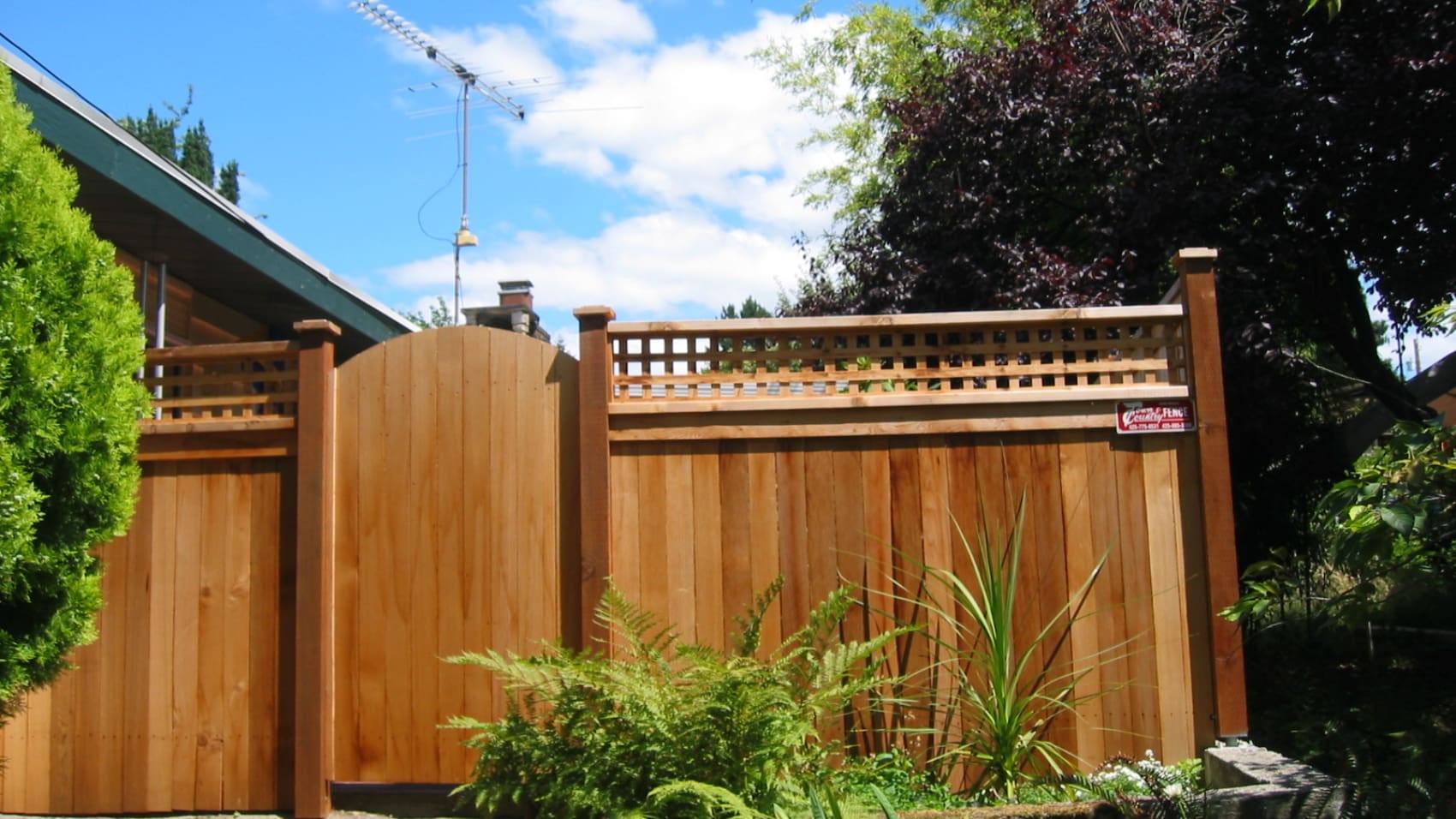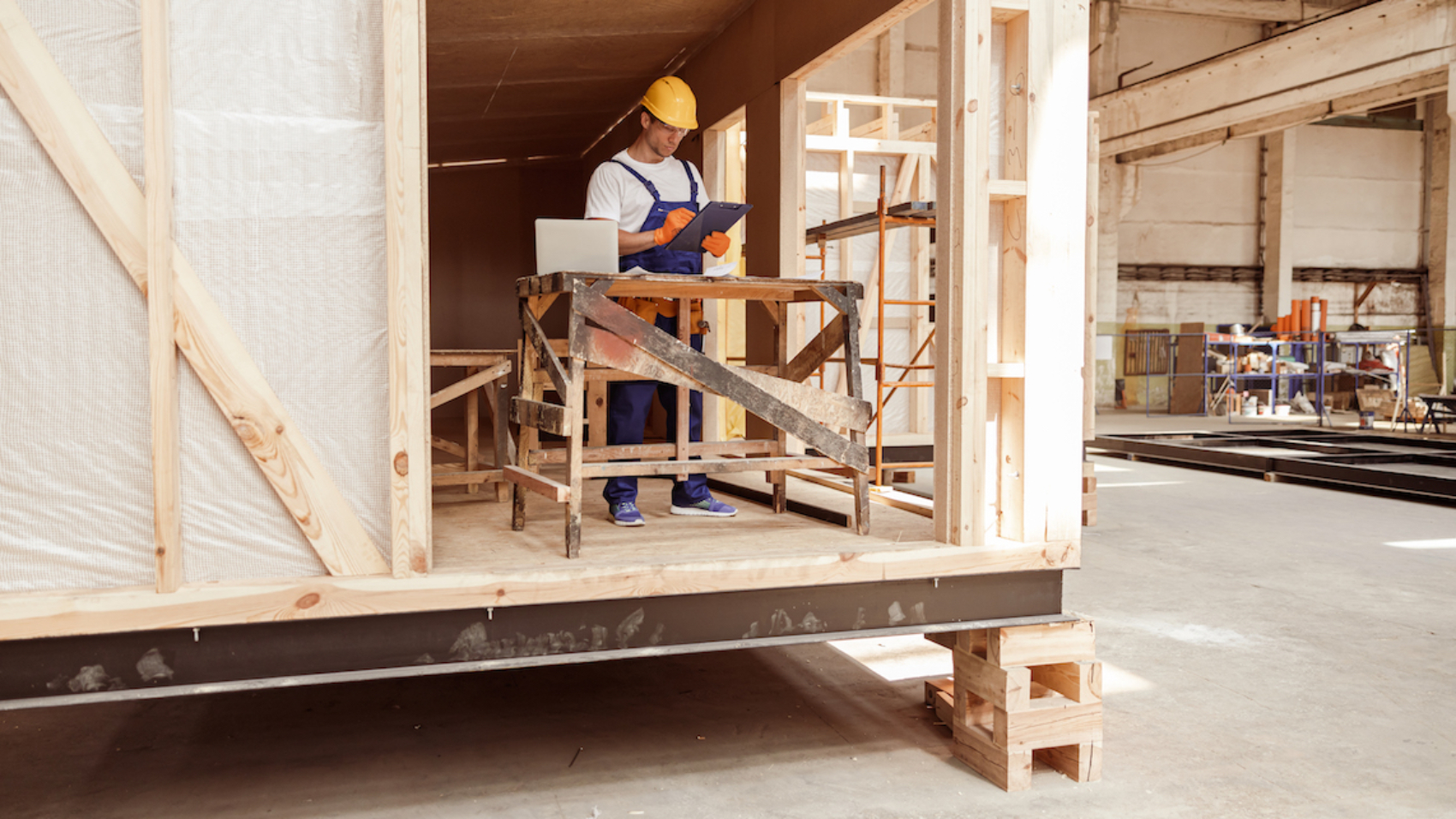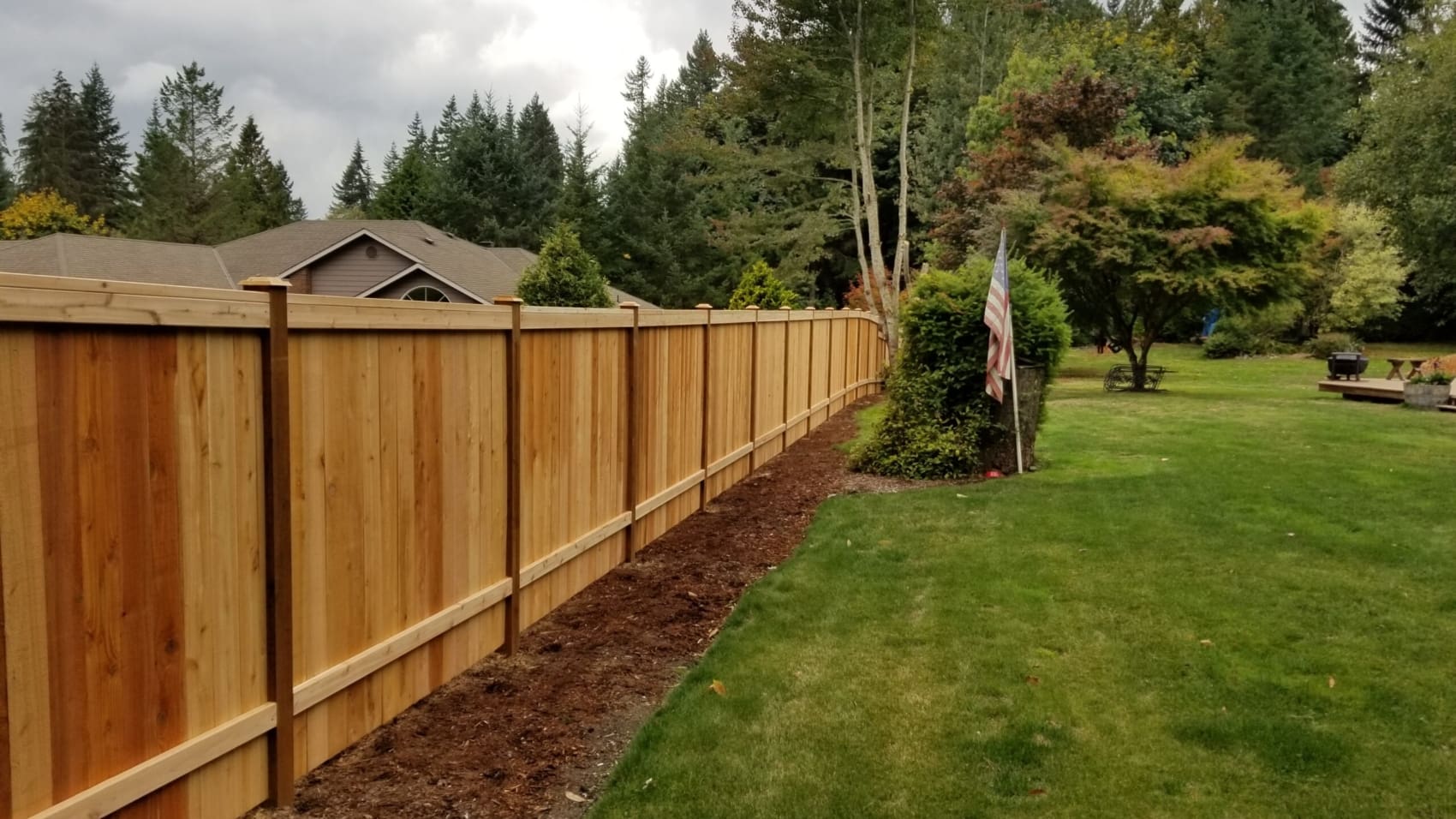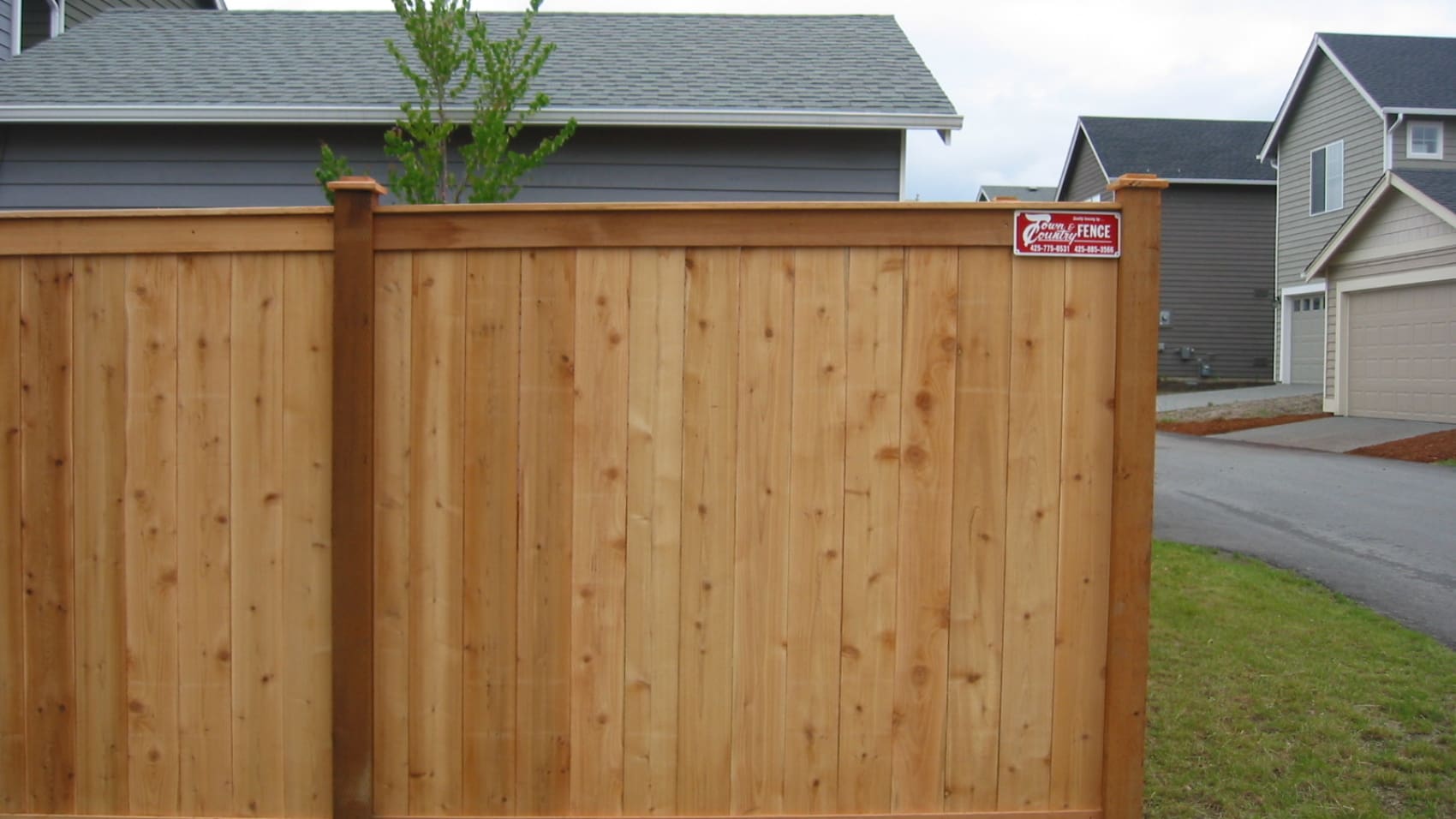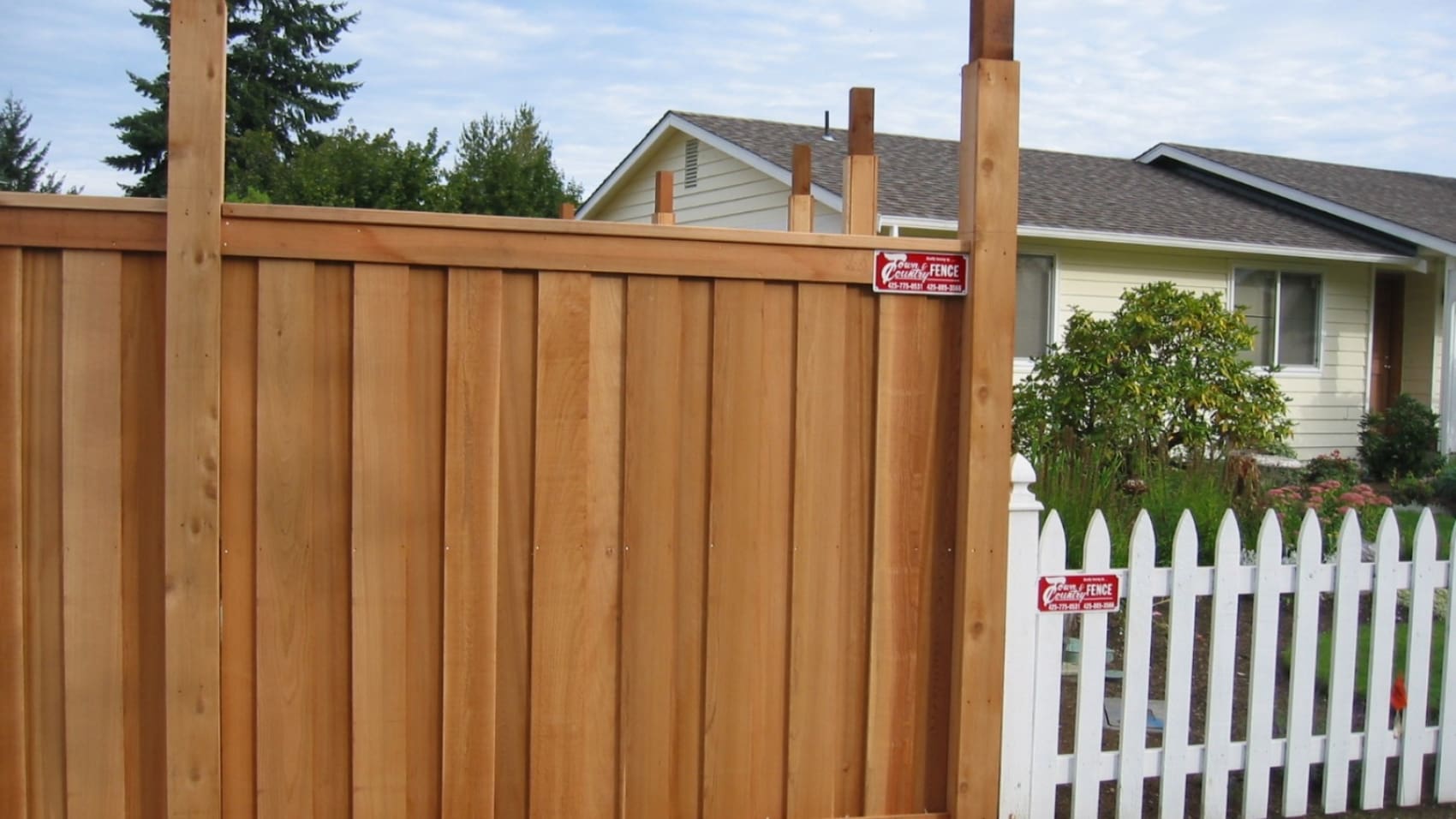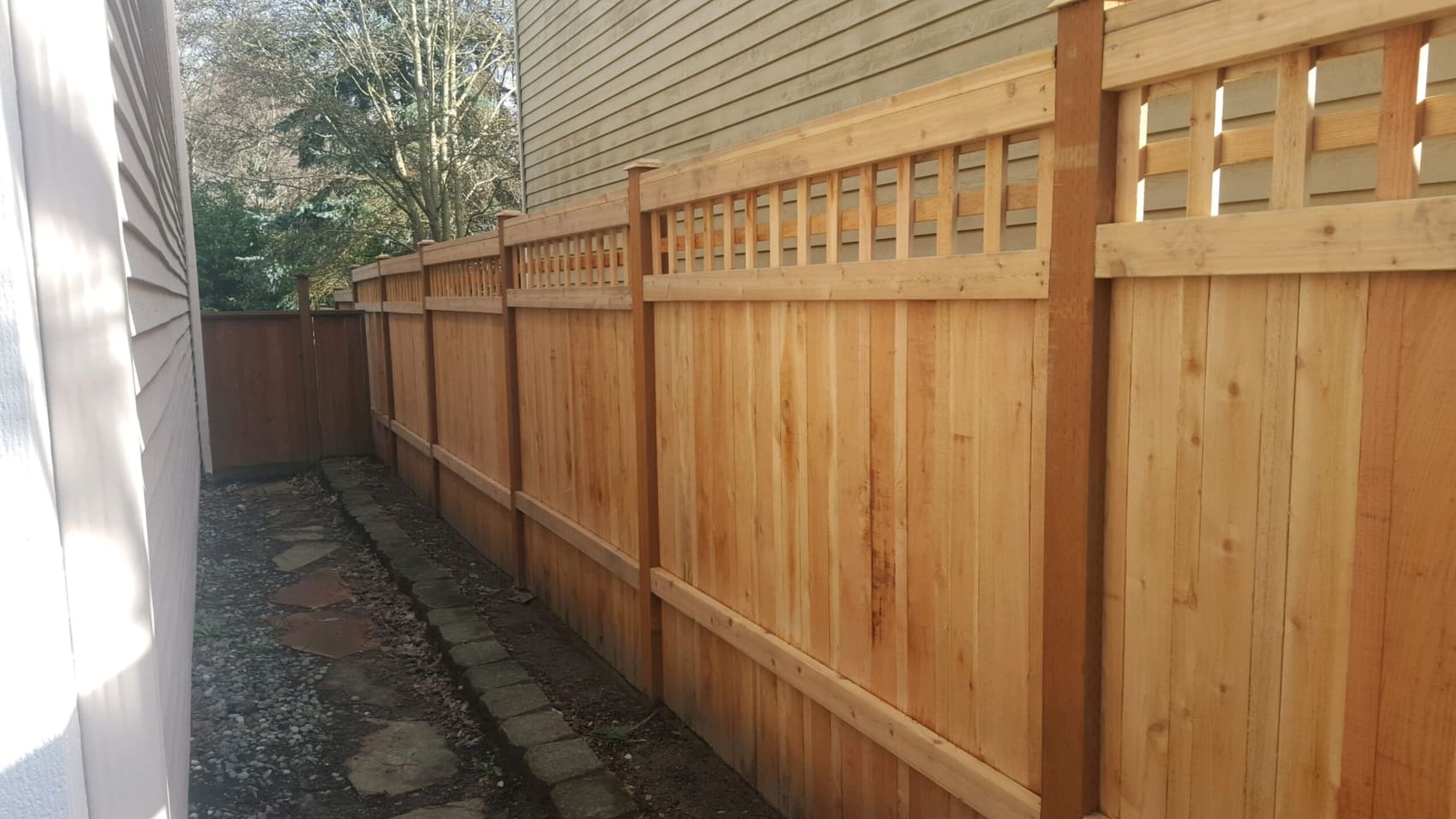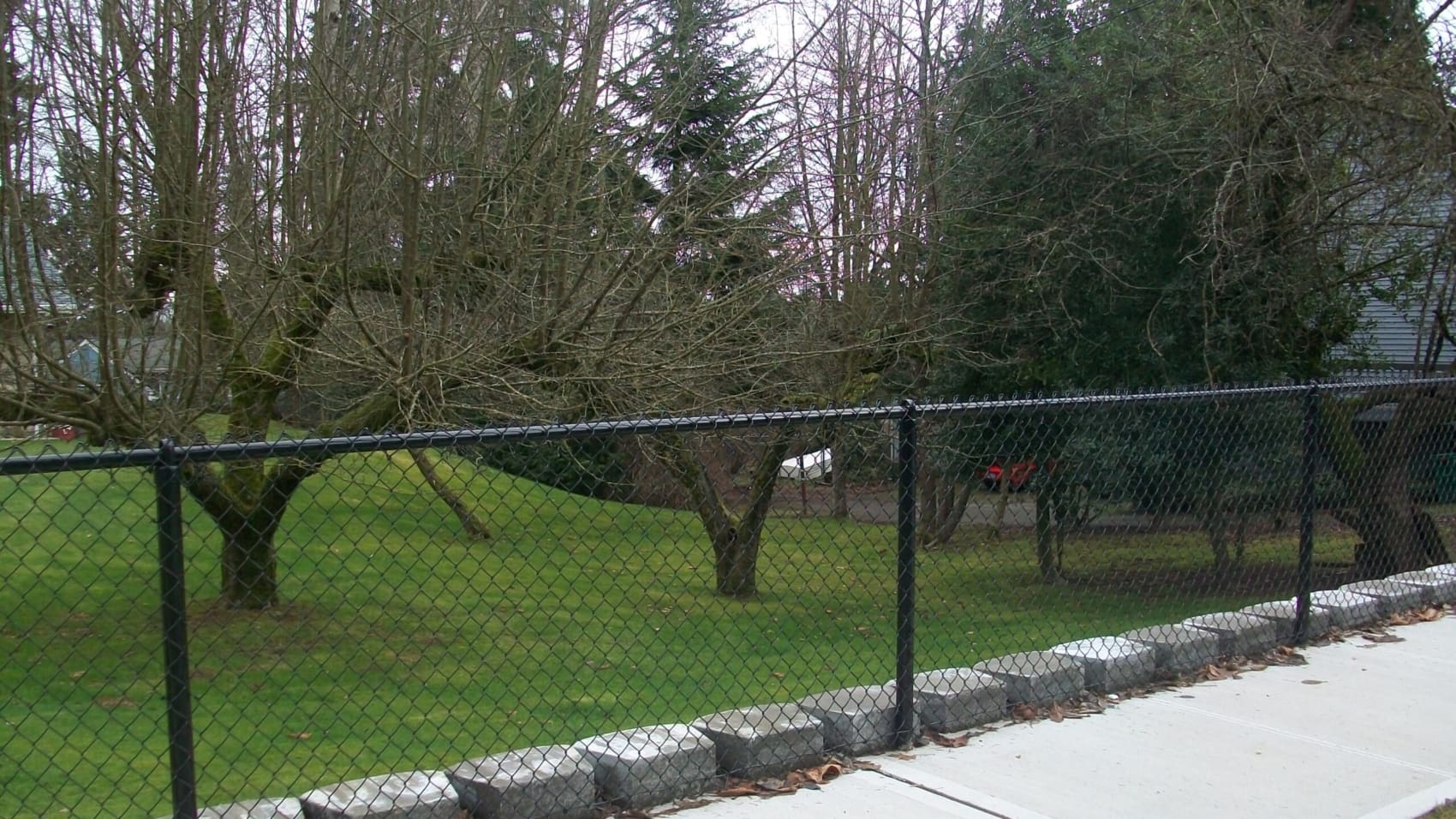Most popular backyard fencing
Fencing trends come and go but some have stuck around longer than others. It all comes down to how much money you want to spend, what styles of fencing you like and the amount of privacy you want your new fence to provide. In this blog post we will dive into the styles and trends that have become the most popular backyard fencing options in 2023 and the reasons why you might choose them for your next fencing project.
Wooden fencing with modern additions
Wooden fences will remain a timeless and beautiful option for homeowners for the foreseeable future. They are affordable, easy to maintain, are sustainable and provide ample privacy. While they have been a favorite for many years, there are many ways you can customize a wooden fence to be more modern and these are some of the most popular ways:
Modern paints or stains
By adding a stain or paint to any wooden fence you can change the entire overall appearance. Modern colors that compliment your home’s exterior is an easy way to make your fence more appealing. It has become more popular for homeowners to opt for a not so traditional color for their fencing in recent years. If your home is light colored, choosing a dark fence such as charcoal or gray can create a striking yet beautiful contrast. Or if you want your fence to remain neutral, adding a nice stain will suffice.
Go horizontal instead of vertical
You can achieve an eye-catching wooden fence by opting for horizontal slat fencing instead of traditionally installed vertical slats. You will recognize this style from farmlands but it is becoming increasingly popular on residential properties to achieve a rustic look. While it isn’t a fencing style used for privacy, if you’re going for more of an open style, horizontal slats are a real winner!
Opt for curved panels
We don’t disagree that simple wooden fence pickets are a lovely choice for homeowners looking for a long lasting, sleek and private fence. However, opting for curved panels instead of straight ones has become very popular. This is a way to make your wooden fence stand out while also maintaining a simple design. The experts at Town & Country Fence can install pickets that curve up or down depending on what style you want.
Add metal elements
Adding metal elements to your wooden fence can help make it more modern and unique looking compared to other fences in your community. Some ideas include metal post caps, metal accents such as medallions, horizontal bars, metal lattice panels and more. If you’ve got a gate, add elements such as metal hinges, handles and latches. These are just a few of the small but eye-catching additions that will compliment the overall look of your fence.
Contemporary iron fencing
If a wooden fence isn’t the look you’re going for, many homeowners will opt for an iron fence. Town & Country Fence is well versed in installing ornamental iron fences in various styles. This is a great option for those wanting to achieve a classic look with minimal privacy. Aside from the aesthetics, iron fences are highly durable so having them installed in high-traffic areas is no problem. Wooden fences can sometimes be susceptible in harsh weather conditions but iron fences can withstand these issues. Because they are made with galvanized steel, maintaining your iron fence is very easy.
If you want to modernize your ornamental iron fence, consider changing the colors of the fence or even just changing the post caps. You can also enhance the look of the fence by incorporating lighting, plants and other decorative elements. However, opting for an iron fence will typically give your property a minimalistic but sleek appearance that many homeowners love.
Conclusion
It seems that most popular backyard fencing trends are low maintenance. Being able to enjoy your backyard without having to worry too much about your fence is something all people want. If privacy is a big concern, your best bet is to go with a wooden fence. If you don’t mind having people be able to see into your backyard, ornamental iron might be the way to go. Like we mentioned, it all comes down to personal preference and what styles you like the most.
Town & Country Fence has been Seattle’s number one fencing provider since 1965. We take pride in being able to provide thoughtful advice on what fencing options are best suited for your project and we are always staying up to date on what trends are coming and going. If you are interested in any of the most popular backyard fencing options we covered in this article, one of our knowledgeable staff members will pay you a complimentary visit to provide you with a free estimate. We look forward to hearing from you!


